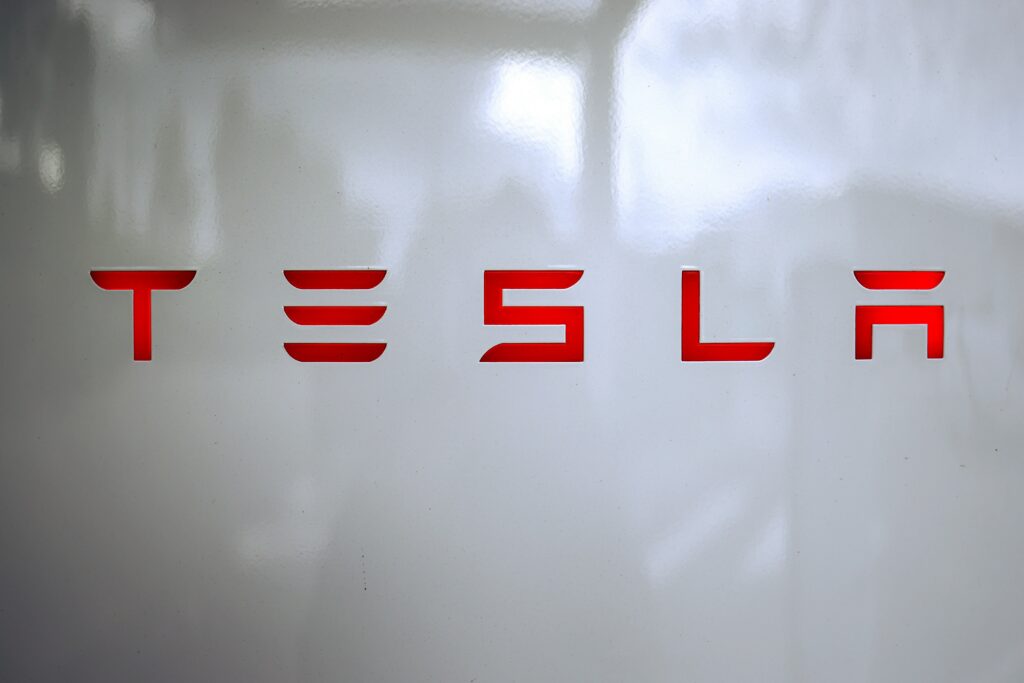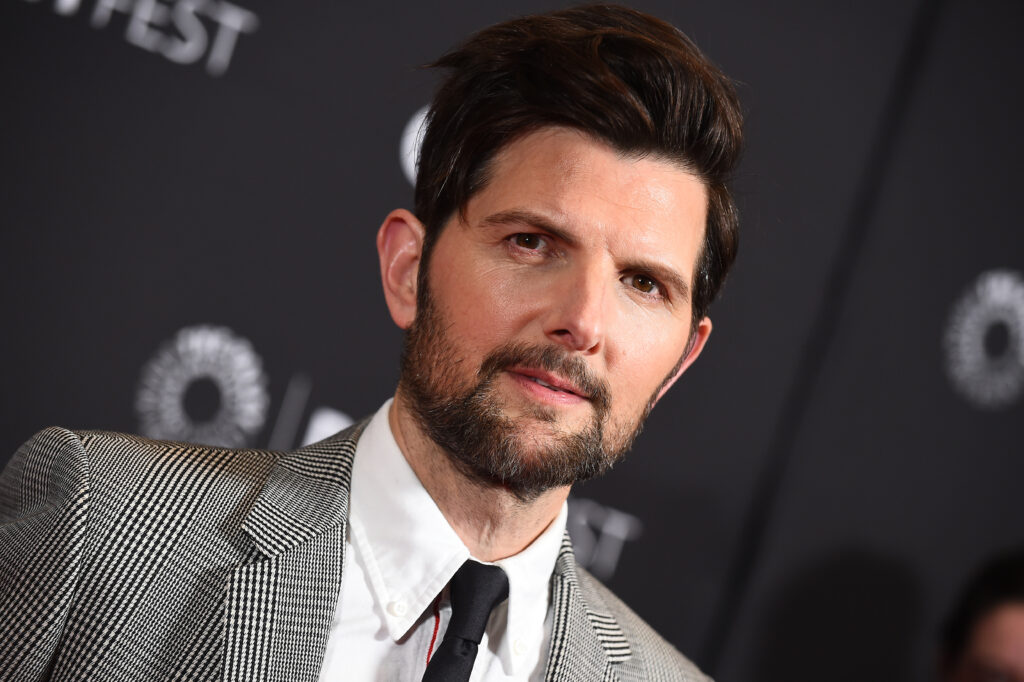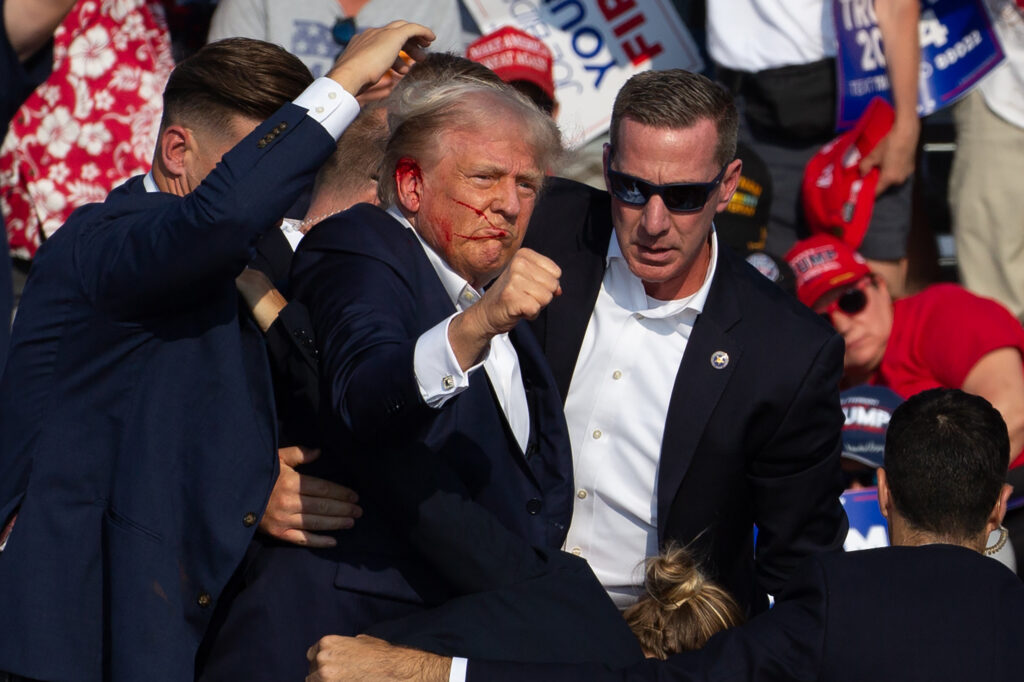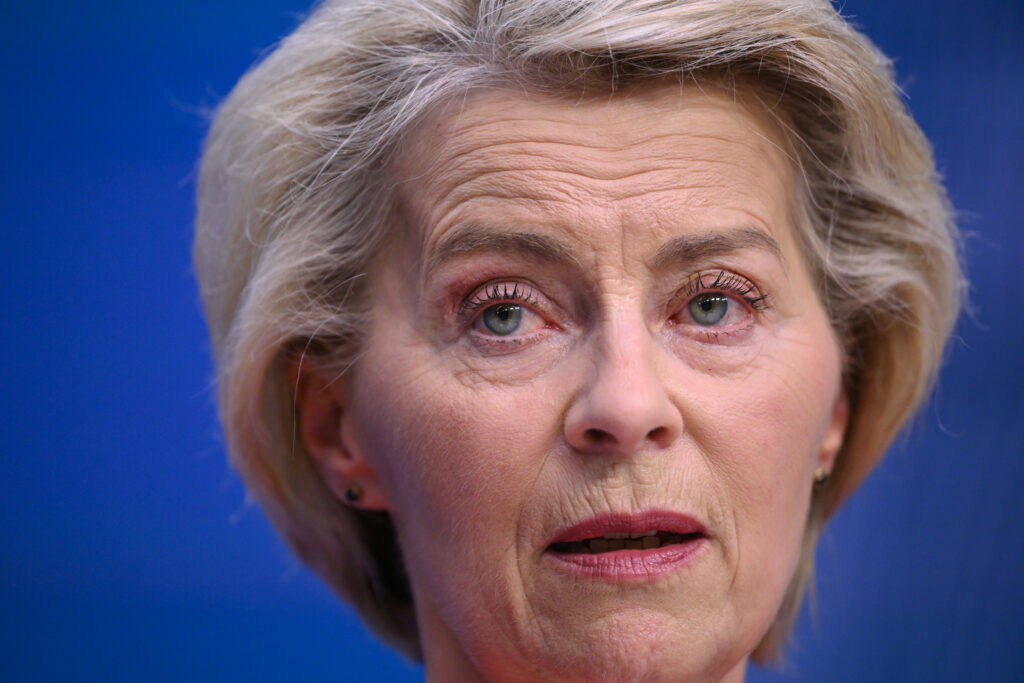Dark sci-fi office drama “Severance,” gritty hospital series “The Pitt” and buzzy teen murder saga “Adolescence” are expected to pile up nominations for this year’s Emmys when the contenders for television’s Oscars are revealed Tuesday.Nominees will be announced in a live-streamed ceremony starting at 8:30 am (1530 GMT), after which final-round voting begins for the 77th Emmy Awards, set for September 14.Here are five things to look out for:- Innie/Outie vs ER -After last year’s record-breaking 18 Emmys for Japan-set historical epic “Shogun,” this year’s competition looks to be more nuanced.Apple TV+’s “Severance,” in which employees of biotech company Lumon have their memories surgically separated between their “innie” work lives and their “outie” personal lives, looks to be atop most predictions.”It’s a really great show that is going to get… a ton of nominations,” Deadline awards expert Pete Hammond told AFP.”It’ll be stronger than it was” in its first season, added Hammond, who sees star Adam Scott as a sure bet for a best drama actor nod.”The Pitt” — HBO Max’s take on the travails of a Pittsburgh emergency room team during one 15-hour shift, covered effectively in real time — has won over critics and audiences alike. It stars “ER” veteran Noah Wyle.”It’s ER on steroids!” Hammond quipped.But Wyle’s chances to win for best actor are crimped by Scott and a shortlist of other performers including Oscar winner Gary Oldman in Apple’s dysfunctional spy drama “Slow Horses” or Pedro Pascal in HBO’s apocalyptic video game adaptation “The Last of Us.”In the supporting acting categories, the many stars of “The White Lotus” are expected to earn nominations.- Comedy crapshoot -In the comedy categories, perennial favorites “Hacks” and “The Bear” are expected to do battle once again. HBO Max’s “Hacks” — starring Jean Smart as a stand-up comedian who locks horns with her dysfunctional millennial assistant — won for best comedy and best actress in September last year.”The Bear,” a dark satire set in the Chicago restaurant world, took the top prize at the previous ceremony (held in January 2024 due to Hollywood strikes), and star Jeremy Allen White has two trophies for best actor.”The Bear” is eligible this time for its lackluster third season, but the recent launch of its fourth season — which has received excellent reviews — could work in its favor, Hammond says.”That may be what Academy members will be looking at when they’re actually voting for the season that wasn’t well reviewed,” he said.The comedy juggernauts are also facing a newcomer — Apple’s “The Studio,” a satire that eviscerates the film industry starring Seth Rogen, who also wrote and produced the show. There is nothing Hollywood loves more than a show about… Hollywood.- Is ‘Adolescence’ unbeatable? – In the limited series categories, Netflix’s “Adolescence” — which follows the case of a 13-year-old British boy accused of murdering a female classmate — is the wide favorite.”It’s close to a sure thing in terms of getting nominations across the board,” Hammond said, adding: “I don’t see what’s going to come up and beat it in the limited series category.”Breakout young star Owen Cooper is widely expected to earn a nomination for limited series supporting actor, and series creator Stephen Graham is a shoo-in for best actor.The four-part series was lauded for its production values, with each episode shot in one take.Another Netflix contender in these categories is “Monsters: The Lyle and Erik Menendez Story,” a true-crime saga about a pair of California brothers in prison for killing their parents, after what they say was years of sexual and physical abuse.Alfonso Cuaron’s “Disclaimer,” starring Cate Blanchett and Kevin Kline, and “The Penguin,” with Colin Farrell as the comic book villain, are expected to win acting nominations.- Big day for Apple TV+? -In recent years, streaming services have led the charge for Emmy nominations, with traditional networks relegated to a handful of nods.With “Severance,” “The Studio,” “Disclaimer” and “Slow Horses,” Apple TV+ could have its best year yet.”Normally we see HBO and Netflix leading the thing,” Hammond said, but he predicted: “Apple is going to have the best year they’ve ever had in terms of nominations.”- From nominations to gala -Harvey Guillen (“What We Do in the Shadows”) and Brenda Song (“Running Point”) will unveil the nominations on Tuesday.Voting members of the US-based Television Academy will then have a month to catch up on their viewing before final-round voting begins in mid-August.The September 14 gala will be hosted by comedian Nate Bargatze.









